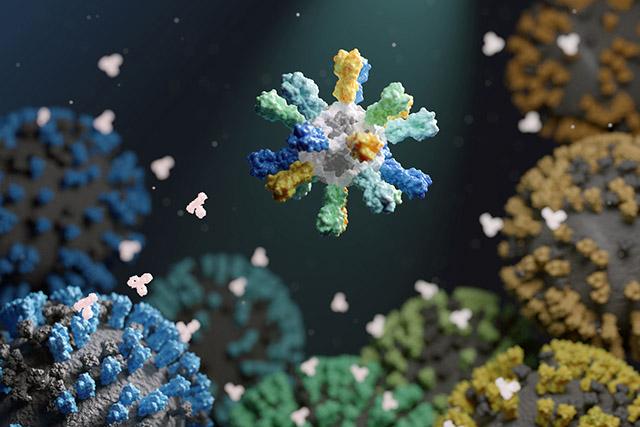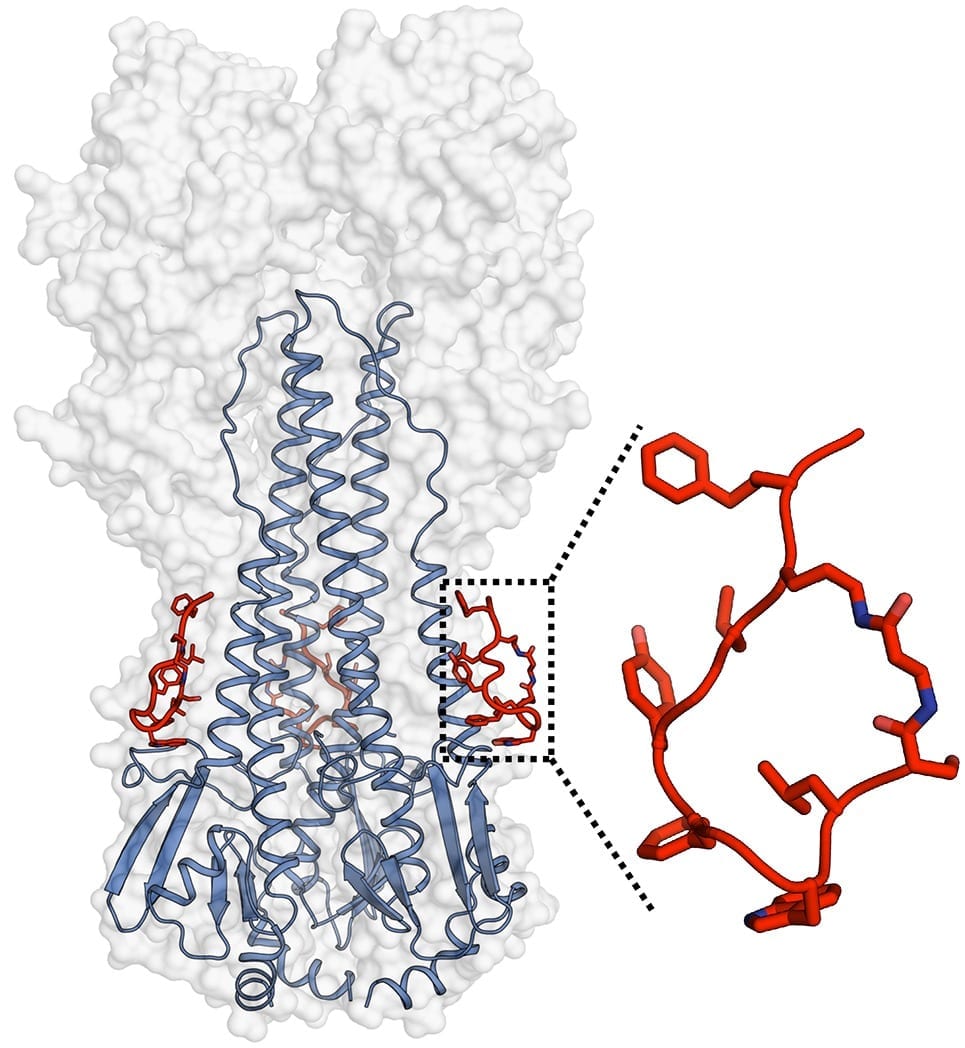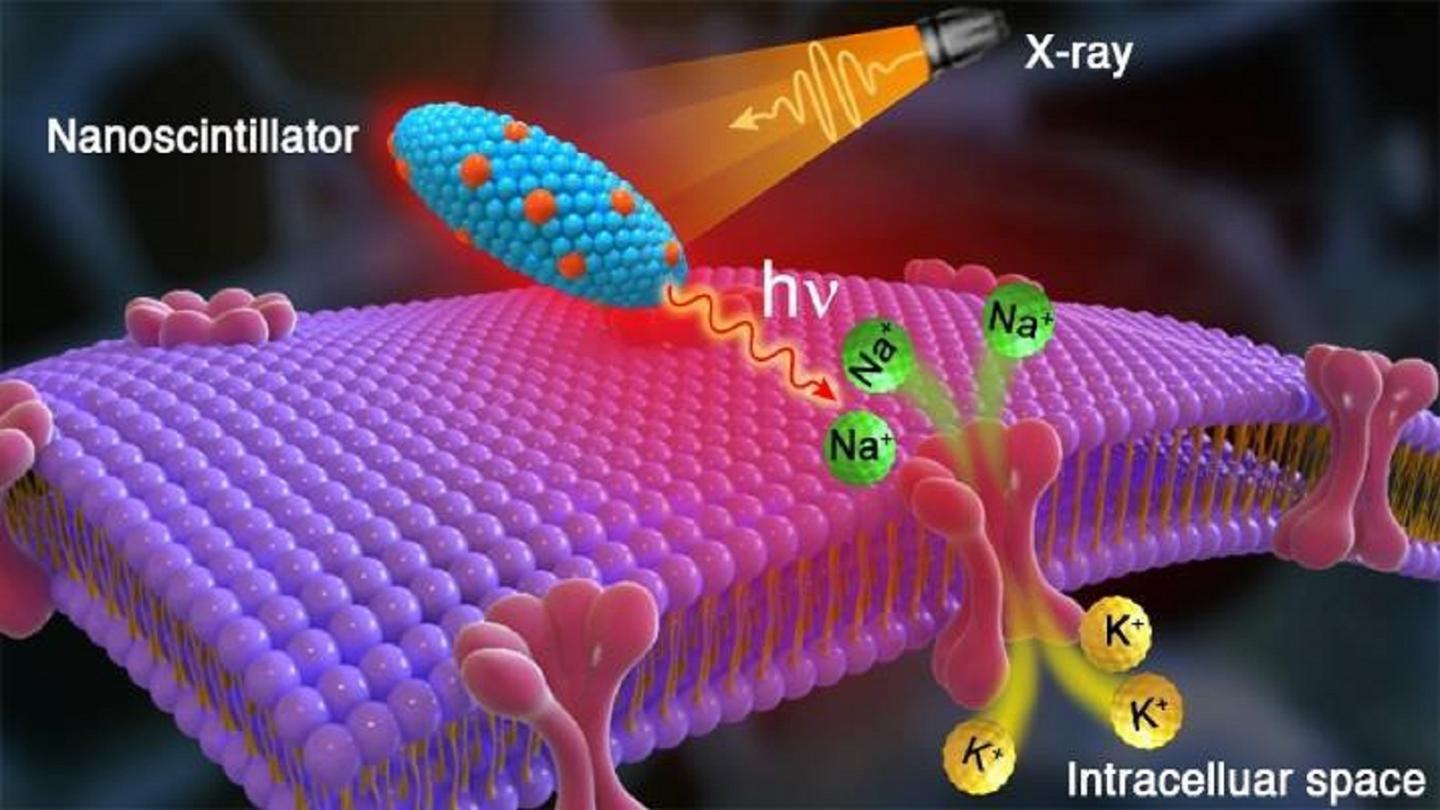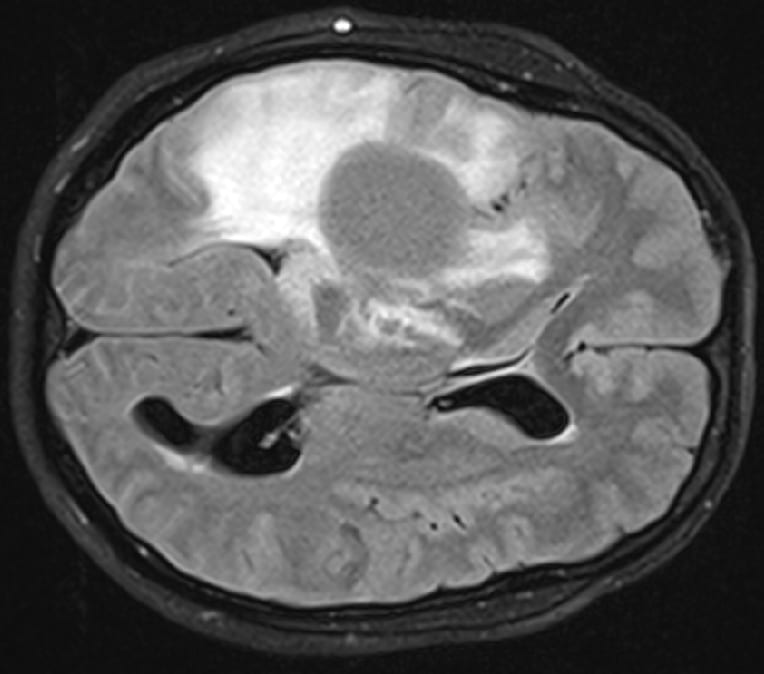
Scientists at UW Medicine and the NIH have created an experimental flu vaccine that spurs broad immunity in animal trials
Researchers have developed experimental flu shots that protect animals from a wide variety of seasonal and pandemic influenza strains. The vaccine product is currently being advanced toward clinical testing. If proven safe and effective, these next-generation influenza vaccines may replace current seasonal options by providing protection against many more strains that current vaccines do not adequately cover.
A study detailing how the new flu vaccines were designed and how they protect mice, ferrets, and nonhuman primates appears in the March 24 edition of the journal Nature. This work was led by researchers at the University of Washington School of Medicine and the Vaccine Research Center part of the National Institute of Allergy and Infectious Diseases at the National Institutes of Health.
Influenza virus causes an estimated 290,000–650,000 deaths per year. Available flu vaccines, which need to be taken seasonally, often fail to protect against many circulating flu strains that cause illness, and the threat of another influenza pandemic looms.
“Most flu shots available today are quadrivalent, meaning they are made from four different flu strains. Each year, the World Health Organization makes a bet on which four strains will be most prevalent, but those predictions can be more or less accurate. This is why we often end up with ‘mismatched’ flu shots that are still helpful but only partially effective,” said lead author Daniel Ellis, a research scientist in the laboratory of Neil King. King is an assistant professor of biochemistry at the UW School of Medicine and a researcher at the Institute for Protein Design at UW Medicine.
To create improved influenza vaccines, the team attached hemagglutinin proteins from four different influenza viruses to custom-made protein nanoparticles. This approach enabled an unprecedented level of control over the molecular configuration of the resulting vaccine and yielded an improved immune response compared to conventional flu shots. The new nanoparticle vaccines, which contain the same four hemagglutinin proteins of commercially available quadrivalent influenza vaccines, elicited neutralizing antibody responses to vaccine-matched strains that were equivalent or superior to the commercial vaccines in mice, ferrets, and nonhuman primates. The nanoparticle vaccines—but not the commercial vaccines —also induced protective antibody responses to viruses not contained in the vaccine formulation. These include avian influenza viruses H5N1 and H7N9, which are considered pandemic threats.
The responses that our vaccine gives against strain-matched viruses are really strong, and the additional coverage we saw against mismatched strains could lower the risk of a bad flu season,” said Ellis.
Original Article: Nanoparticle flu shot blocks seasonal and pandemic strains
More from: University of Washington School of Medicine | National Institutes of Health
The Latest Updates from Bing News & Google News
Go deeper with Bing News on:
Experimental flu vaccine
- Multiple agencies issue alerts on 'highly pathogenic avian flu' after detection in milk
The World Health Organization urged the public not to consume raw milk, and the FDA said although they're not common, sporadic human infections have occurred.
- Bird Flu Is Spreading in Cows. Here’s What That Means for Milk
H5N1 influenza virus particles have been detected in commercially sold milk, but it’s not clear how the virus is spreading in cattle or whether their milk could infect humans ...
- Influenza Pandemics of 1918 and 2009
The 2009 influenza pandemic A(H1N1)pdm09 of swine origin and the continued circulation of highly pathogenic avian H5N1 strain in humans are stark reminders of the unpredictable nature of the ...
- Swine Flu News
Nov. 25, 2022 — An experimental mRNA-based vaccine against all 20 known subtypes of influenza virus provided broad protection from otherwise lethal flu strains in ... Flu Shots Can Protect ...
- Bird flu in cows — and now in milk. How worried should we be?
The highly pathogenic avian influenza, or HPAI, has affected tens of millions of farmed and wild birds in recent years. Over the last couple weeks, it’s begun to infect cattle — and one dairy ...
Go deeper with Google Headlines on:
Experimental flu vaccine
[google_news title=”” keyword=”experimental flu vaccine” num_posts=”5″ blurb_length=”0″ show_thumb=”left”]
Go deeper with Bing News on:
Nanoparticle flu vaccine
- CureVac N.V. (NASDAQ:CVAC) Q4 2023 Earnings Call Transcript
Q4 2023 Earnings Call Transcript April 24, 2024 CureVac N.V. isn’t one of the 30 most popular stocks among hedge funds at the end of the third quarter (see the details here). Operator: Greetings and ...
- EQS-News: CureVac Announces Financial Results for the Fourth Quarter and Full-Year 2023 and Provides Business Update
CureVac continues to advance its clinical development programs in prophylactic vaccines in collaboration with GSK. All currently tested candidates apply modified mRNA and are based on CureVac’s ...
- CureVac Announces Financial Results for the Fourth Quarter and Full-Year 2023 and Provides Business Update
Organizational redesign and rightsizing initiated across company to streamline structures, increase efficiency and reduce operating costs Together with GSK, ended Pandemic Preparedness Agreement (PPA) ...
- Senju Pharmaceutical gets grant for treatment of retinal and nerve diseases with laminin and cells
Discover how Senju Pharmaceutical Co Ltd's patented method using laminin 511 for treating retinal and nerve diseases offers hope for conditions like retinitis pigmentosa and glaucoma. Explore the ...
- Composite material adorned with gold nanoparticles improves infectious disease testing
Composite polymer particles adorned with gold nanoparticles deliver more accurate means of testing for infectious diseases.
Go deeper with Google Headlines on:
Nanoparticle flu vaccine
[google_news title=”” keyword=”nanoparticle flu vaccine” num_posts=”5″ blurb_length=”0″ show_thumb=”left”]










